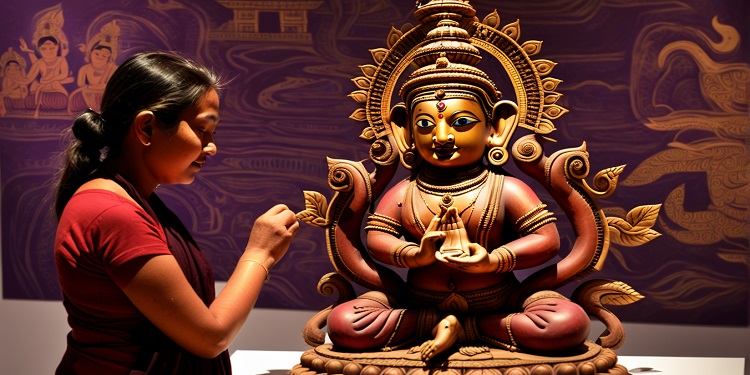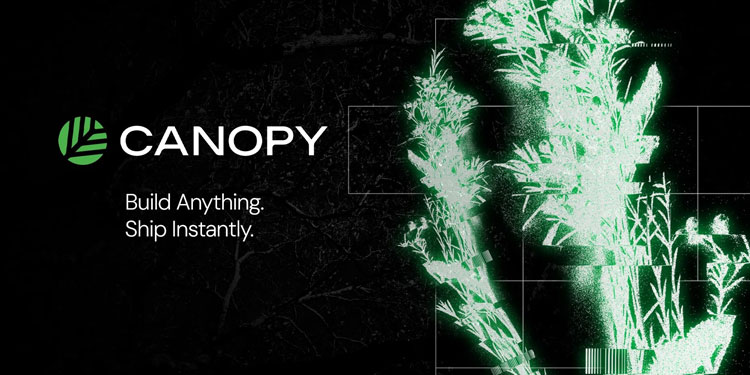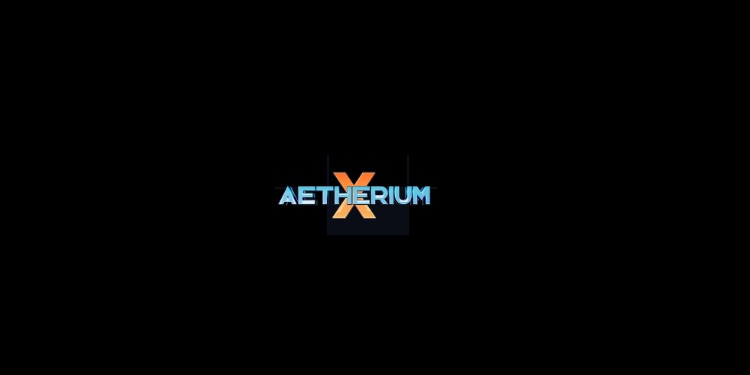The Himalayan Art Council has announced the launch of the Thangka & Paubha Art Exhibition, a cultural milestone that highlights Nepal’s sacred art traditions while introducing cutting-edge technology to protect and promote the nation’s heritage. The exhibition is scheduled to take place on May 15, 2025, from 3:00 PM to 5:00 PM at the historic Patan Museum, a UNESCO World Heritage Site known for preserving Nepalese cultural treasures.
A Cultural Revival with a Digital Backbone
This initiative is being described as the country’s first comprehensive effort to elevate Nepali traditional art onto the global platform using a combination of preservation and technological innovation. Organizers of the event indicated that the exhibition represents not only a celebration of artistic mastery but also a protective framework built to secure the authenticity, provenance, and future visibility of these sacred works.
A key component of the initiative is the introduction of a digital platform that leverages artificial intelligence (AI) and blockchain technology. This new system is designed to protect both the artwork and the artists themselves. The Himalayan Art Council has aligned this effort with broader goals of cultural recognition and education, while also providing practical tools to collectors, institutions, and creators.
Modern Tools for Age-Old Traditions
According to the organizers, the newly launched platform is expected to provide collectors and museums with a secure and verifiable method of tracking their collections. Many of these pieces, often passed down over generations or dispersed across multiple buildings, lack a reliable chain of custody or valuation history. The blockchain-based registry will reportedly ensure that these works are authenticated and their histories maintained with transparency.
Artists are also expected to benefit directly from AI-powered tools incorporated into the platform. These technologies can help detect forgeries, attribute unsigned or misattributed pieces to likely creators, and ensure that proper credit is granted to original artists. This aspect of the system aims to strengthen the position of Nepali artists, especially those whose works have historically gone undocumented or misrepresented.
Additionally, organizers revealed that the platform will include educational components that offer the global community a window into Nepal’s artistic traditions. By using interactive features and accessible resources, the system is designed to bring wider exposure to Thangka and Paubha art styles, which are deeply rooted in Buddhist and Hindu iconography and storytelling.
A Collaborative Cultural Initiative
The Himalayan Art Council emphasized that this initiative has emerged from close collaboration among artists, technologists, and cultural leaders. The objective has been to strike a balance between preserving Nepal’s sacred artistic traditions and ensuring that they evolve sustainably within the modern digital world.
Supporters of the exhibition have expressed that the event marks a turning point for Nepalese art, one where reverence for history meets the power of innovation. The combination of sacred paintings and advanced verification tools is being presented as a model for how traditional art can be both preserved and elevated through responsible use of technology.
As the exhibition prepares to open its doors at Patan Museum, expectations are building for what many see as a new chapter in the life of Nepalese cultural heritage. The integration of AI and blockchain is viewed not just as a security mechanism but as a bridge that connects ancient traditions with contemporary audiences around the globe.









